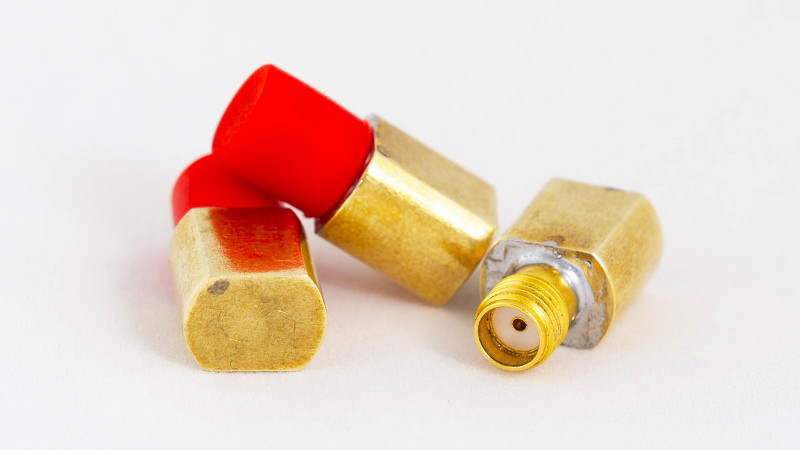
Those of us who have bought cheap TinyVNA devices for our RF experimentation will be used to the calibration procedure involving short-circuit, 50 Ω, and open terminations, followed by a direct connection between ports. We do this with a kit of parts supplied with the device, and it makes it ready for our measurements. What we may not fully appreciate at the level of owning such a basic instrument though, is that the calibration process for much higher-quality instruments requires parts made to a much higher specification than the cheap ones from our TinyVNA. Building a set of these high-quality parts is a path that [James Wilson] has taken, and in doing so he presents a fascinating discussion of VNA calibration and the construction of standard RF transmission line components.
We particularly like the way that after constructing his short, load and open circuit terminations using high-quality SMA sockets, he put a custom brass fitting 3D printed by Shapeways on the end of each to make them easier to handle while preserving their RF integrity. If we’d bought a set of terminations looking like these ones as commercial products we would be happy with their quality, but the real test lay in their performance. Thanks to a friend he was able to get them tested on instruments with much heftier price tags, and found them to be not far short of the simulation and certainly acceptable within his 3 GHz range.
Curious about VNAs at the affordable end of the spectrum? We took a look at the TinyVNA, which while it is something of a toy is still good enough for lower frequency measurements.
0 Commentaires